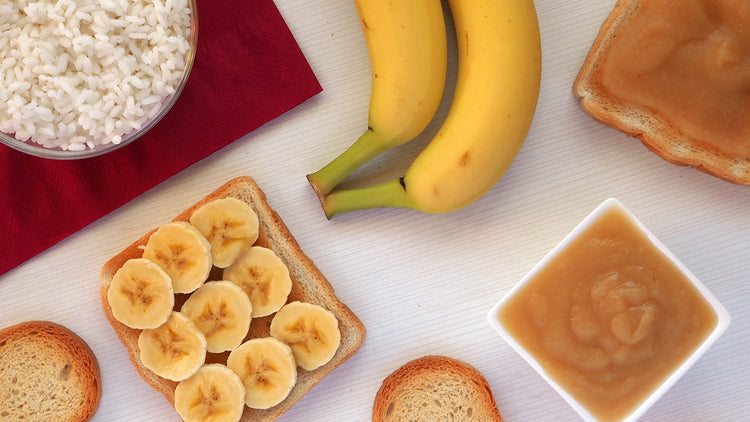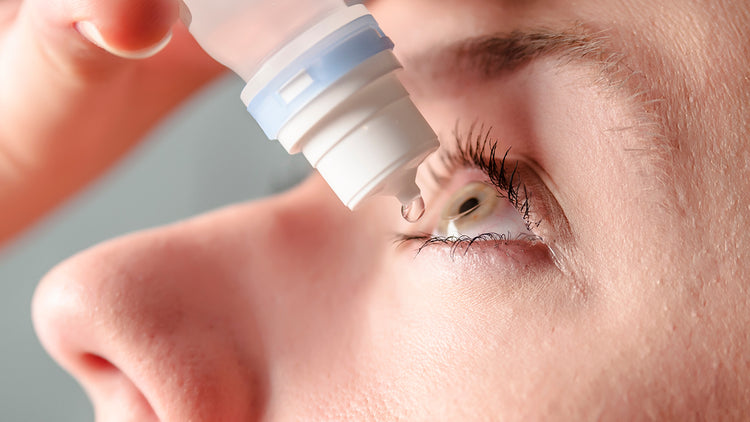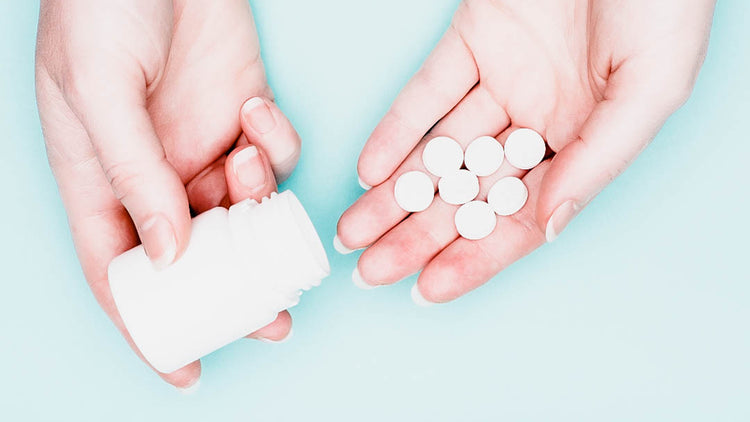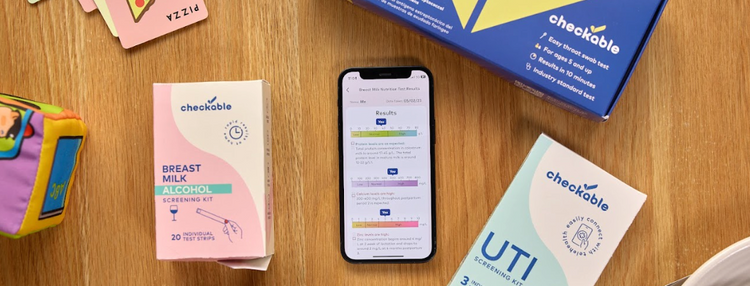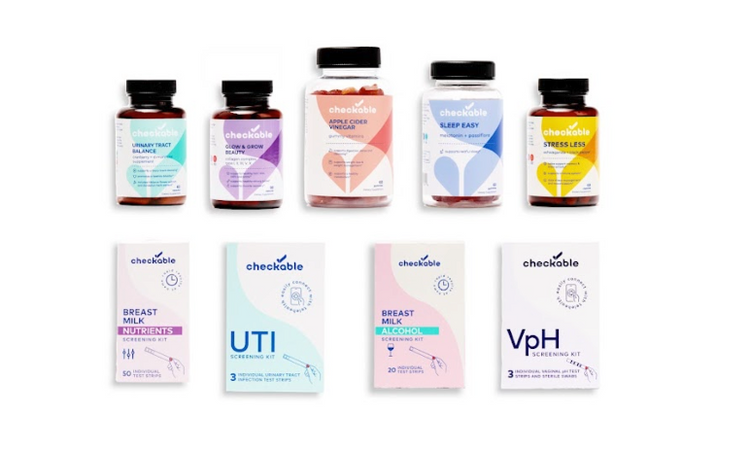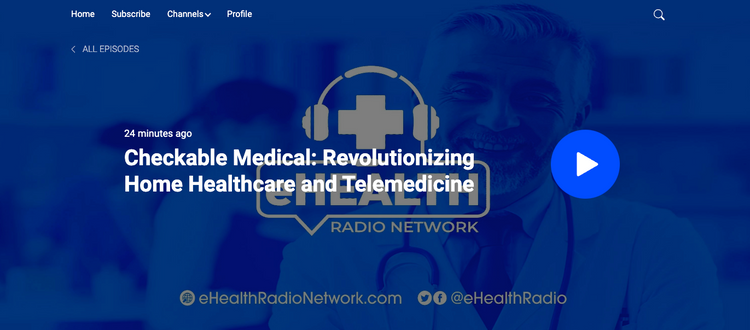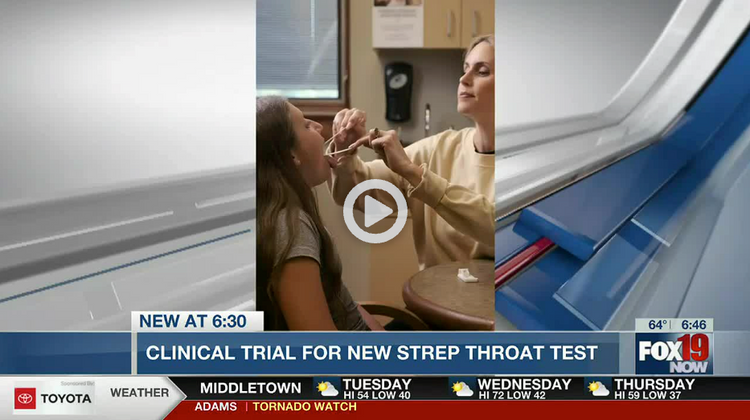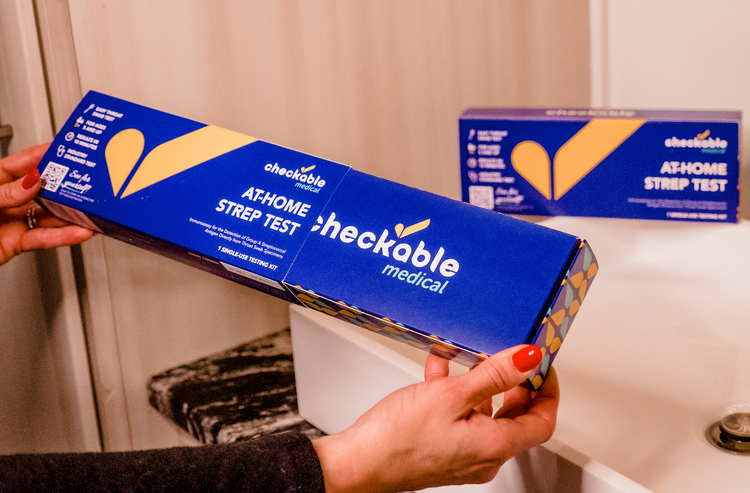
Pink eye, also known as conjunctivitis, is when the white part (conjunctiva) of your eye turns red or pink. This condition can occur due to a variety of reasons, such as allergies or a foreign body in the eye. Viruses, bacteria, and allergens are the three more common causes of conjunctivitis. Depending on the type or causative agent, you'll likely experience different symptoms besides your eye turning pink. Let's review these below and answer some common questions about treatment.
What Are the Main Types of Pink Eye?
As we mentioned, there are three main types of pink eye. Let’s detail these below.
- Viral Conjunctivitis: Viruses cause viral conjunctivitis, which either accompanies or follows a cold or cold-like symptoms. Sometimes other viruses, such as herpes simplex or varicella-zoster (the chicken pox virus), can also cause pink eye. In addition to red eyes, symptoms include light sensitivity, blurred vision, burning or feeling like something is in your eye, and watery discharge. Since the cause is a virus, symptoms will last about 7 to 10 days and usually, resolve independently without treatment.
- Allergic Conjunctivitis: Allergens such as pollen, dust, and pet dander cause allergic conjunctivitis. Symptoms usually include itching, watery discharge, and redness and swelling around the eyes. Most of the time, allergic conjunctivitis affects both eyes.
- Bacterial Conjunctivitis: Common bacteria found on the skin, such as Staphylococcus aureus and Streptococcus pneumonia, cause bacterial conjunctivitis. In some cases, sexually transmitted infections can cause bacterial conjunctivitis as well. Symptoms in addition to eye redness include mild pain, itching, and pus-like or yellow discharge from the eyes. It can affect one or both of the eyes.
With any of these infections, it's important to see a healthcare provider or ophthalmologist (eye doctor) if you are experiencing any eye symptoms or redness. They will help you determine the cause and discuss a proper treatment plan.
How Often Should I Take My Medication for Pink Eye?
Sometimes your eye doctor prescribes antiviral or steroid eye drops for viral conjunctivitis. Depending on your prescription, expect to use the eye drops for at least seven days. However, this depends on what your eye doctor prescribes, so abide by their prescription. They might also suggest adding non-prescription artificial tears to help with eye redness and dryness. You can use these several times a day, as needed.
With allergic conjunctivitis, your doctor will most likely recommend over-the-counter oral antihistamines and decongestants. These will help with itching and watery discharge symptoms and are usually taken once daily. They may also prescribe or recommend non-prescription allergic eye drops; you can use these up to twice daily.
If you have bacterial conjunctivitis, an antibiotic eye drop or ointment prescription is necessary. With ointments, your prescription will likely tell you to apply it three times a day. Antibiotic eye drops are usually administered four times a day. However, again, this depends on the type of prescribed antibiotic, so follow your specific instructions.
How Long Does It Usually Take for My Symptoms of Pink Eye to Subside After Taking My Medication?
Depending on which type of pink eye you have, symptoms will usually improve shortly after beginning treatment, often within 24 hours. If symptoms start to worsen, you should return to your healthcare provider.
How Quickly Should I Expect to See Results After Taking My Medication for Pink Eye?
With any type of pink eye, you should start seeing improvement in symptoms within 2 to 5 days of beginning medications. However, this does not mean you should stop taking your medications when it feels better. Make sure to complete the entire course of medicines as prescribed because, if not, your infection may return.
Sometimes with viral conjunctivitis symptoms do not start improving in 5 days. This can be normal because, with viral conjunctivitis, symptoms usually resolve within 7-10 days but can take up to 3 weeks.
Is There Anything I Should Do to Speed Up the Healing Process?
With any conjunctivitis, there are several steps you should be taking to speed up the healing process. A few key items are below:
- Wash your hands frequently, especially before and after administering your eye drops.
- Try not to touch your face or eyes, even if they itch.
- If you wear contact lenses, stop wearing them until you have completed your medications or antibiotics for viral or bacterial conjunctivitis. Throw away your old contact lenses since they are contaminated and to prevent reinfection.
- If you wear eyeglasses, clean them thoroughly at least once daily.
- Clean your contact and eyeglass cases.
- Wash any pillowcases, sheets, and towels in hot water (especially for viral and bacterial pink eye, which are contagious).
- Throw away makeup that you used before the infection. Use new products when your infection has cleared.
- Do not swim or submerge your head in the water, as this can worsen symptoms.
- Apply warm compresses to help with the crusting of your eyes or eyelashes. Only use the washcloth once!
- Apply cool compresses to help with itching and inflammation.
Viral and bacterial conjunctivitis are highly contagious, so it's essential to abide by these instructions to prevent the spreading of your infection. As always, if you have any symptoms of pink eye, it's important to see your eye doctor or healthcare provider. Some cases of conjunctivitis require follow-up appointments, so be sure to keep these as well.
References
Centers for Disease Control and Prevention. (2019, January 4). Conjunctivitis (Pink Eye): Causes. https://www.cdc.gov/conjunctivitis/about/causes.html
Centers for Disease Control and Prevention. (2019, January 4). Conjunctivitis (Pink Eye): Treatment. https://www.cdc.gov/conjunctivitis/about/treatment.html
Centers for Disease Control and Prevention. (2021, November 12). Conjunctivitis (Pink Eye). https://www.cdc.gov/conjunctivitis/index.html
Medline Plus. (2017, January 15). Erythromycin Ophthalmic. https://medlineplus.gov/druginfo/meds/a613018.html
Pippin, M.M., & Le, J.K. (2023, January 23). Bacterial Conjunctivitis. StatPearls [Internet]. https://www.ncbi.nlm.nih.gov/books/NBK546683/
Solano, D. Fu, L., & Czyz, C.N. (2022, October 7). Viral Conjunctivitis. StatPearls [Internet]. https://www.ncbi.nlm.nih.gov/books/NBK470271/#:~:text=Patients%20with%20viral%20conjunctivitis%20present,of%20the%20eyelids%20upon%20waking
Syed, Z.A. (2023, April). Allergic Conjunctivitis. Merck Manual. https://www.merckmanuals.com/home/eye-disorders/conjunctival-and-scleral-disorders/allergic-conjunctivitis
 check
check
Amanda Marten MSN, FNP-C is a freelance nurse writer and a certified family nurse practitioner. With ten years of nursing experience, she has worked in a variety of specialties including urgent care, travel nursing, post-surgical, and intensive care. In her free time, she enjoys gardening, outdoor activities, and spending time with her friends and family.
Life is too short to sit in a doctor’s office
Sign up for our weekly newsletter and get valuable healthcare tips and tricks in your inbox!
Sign up now and unsubscribe anytime.
- Choosing a selection results in a full page refresh.
- Press the space key then arrow keys to make a selection.
















